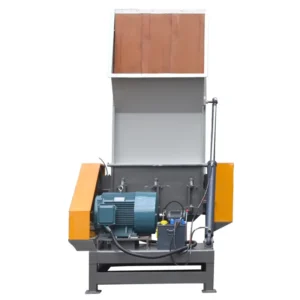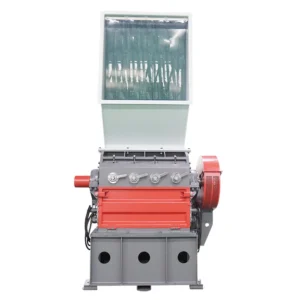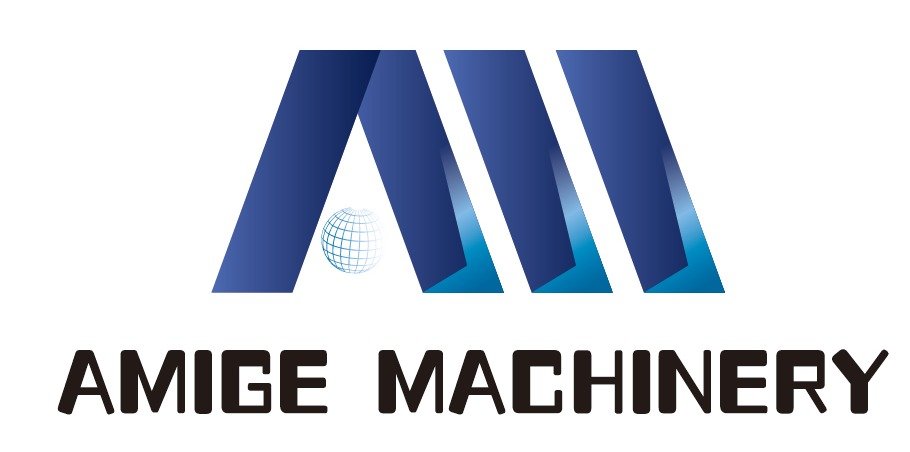Plastic waste is everywhere. From my office window, I can see containers, bottles, and packaging piling up in city bins. It’s frustrating because we talk so much about recycling, yet we still struggle to keep up with the plastic tide. If this continues, our oceans, streets, and even our food chains will remain under siege. As someone who has been in the plastic shredding business for years, I’ve watched the tension between rising waste and slow recycling innovation firsthand.
The latest advances in plastic recycling technology focus on three big areas: smarter sorting, advanced chemical recycling, and energy-efficient crushing. These breakthroughs mean plastics once considered “non-recyclable” can now be processed, while traditional streams become cheaper and cleaner. In other words, the field is finally catching up with the scale of the problem.
I’ll walk you through what’s new, what’s hype, and what’s actually making a difference—sprinkled with some CEO wit from my days at Amige.


How has intelligent sorting changed the game?
Sorting used to be a headache. Manual sorting lines, misclassified plastics, high contamination. But intelligent sorting systems are transforming that bottleneck. According to the Smart Sorting Study 2025, AI-driven optical sorters can now identify over 95% of plastic types in mixed streams.
This matters because cleaner input equals higher-quality recycled pellets. I’ve seen factories where a small AI camera saved hundreds of thousands in manual labor. When you see a robot arm flipping through plastic like a card dealer, you know the future is here.
What breakthroughs are happening in chemical recycling?
Mechanical recycling has its limits. Dirty films, multi-layer packaging, mixed resins—they often end up incinerated. Chemical recycling steps in to break plastics down to their molecular building blocks.
Heavy duty crusher shows that depolymerization technologies now handle PET, polystyrene, and even some polyolefins with up to 80% yield. This means we’re finally getting at the “unrecyclable” plastics that have haunted recycling plants for decades.
How is energy-efficient crushing shaping the industry?
Crushing isn’t glamorous, but it’s foundational. Every recycling line starts with reducing size. At Amige, we’ve been obsessed with lowering kilowatt-hours per ton.
According to the Energy Metrics Survey, new variable-frequency drives and high-torque low-speed cutters cut power use by 20–30%. That’s not just lower bills—that’s a lighter carbon footprint. And honestly, any CEO who ignores their electricity bill hasn’t run a recycling plant.
What role does digital tracking play in recycling?
Once plastics leave your facility, do you know where they end up? Many companies don’t. Blockchain-based tracking systems are now being trialed to verify recycled content.
Plastic Crusher For Plastic Pot Crushing found that adding QR codes to bales improved audit accuracy by 40%. This builds trust with brands, regulators, and—most importantly—citizens who want proof their waste isn’t just exported and burned.
How are recycled plastics entering high-value markets?
For years, recycled plastic had a reputation problem: low quality, off-colors, and limited uses. But advances in cleaning, additives, and sorting are changing that.
Customized Plastic Grinder Waste Crusher WHC800/600 shows premium recycled PET now meeting food-grade standards at scale. Construction materials, automotive parts, and even consumer electronics are adopting recycled resins. As a CEO, I call that a “win-win-win”: less waste, new revenue streams, and happier customers.
What about community and policy shifts?
Technology alone won’t solve plastic waste. Cities and companies must cooperate. Policy incentives for recycled content, grants for new equipment, and public education campaigns are multiplying.
Plastic Crusher for pet bottle, regions with combined policy and tech investments boosted recycling rates by 25% in five years. From my side of the table, that means governments acting as “directors” and companies like mine as “actors”—no script, no show.
What’s on the horizon for plastic recycling?
The future is a blend of AI, automation, and chemistry. Imagine recycling plants that automatically adjust shredder speed, sort by resin code, depolymerize waste, and feed data into a city dashboard.
The Future Recycling Innovations Forecast predicts hybrid plants integrating mechanical and chemical systems will double recycling capacity by 2030. We’re entering the era of “smart circularity.”
Conclusion
Plastic recycling technology is evolving fast—from AI sorters to chemical depolymerization and energy-efficient shredders. As someone knee-deep in this industry, I can tell you: the tools we need to tackle plastic waste are finally arriving. The next step is scaling them—and using them wisely.

